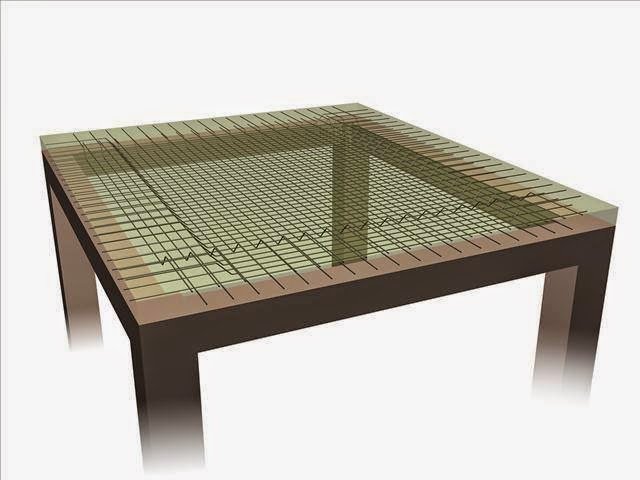Allowable settlement for a pile foundation is 12mm.
->Minimum grade of concrete for RC Structures as per IS 456:2000 is M20.
->Minimum grade of concrete for Water Retaining RC Structures as per IS 3370:2008 is M30.
Lateral Sway/Drift at the top of a RC structure should not exceed H/300.
Types of Beam-Column Connections
(a) Simple – transfer only
shear at nominal eccentricity
Used in non-sway frames with bracings etc.Used in frames upto 5 storeys
Used in non-sway frames with bracings etc.Used in frames upto 5 storeys
(b) Semi-rigid – Transmits both shear
and moment . Practically this type of connection is most found.
(c) Rigid – transfer
significant end-moments undergoing negligible deformations. Used in sway frames
for stability and contribute in resisting lateral loads and help control sway.
Minimum
Grade of Concrete for Liquid storage structures is M30.(as per IS 3370(Part
1):2009-Code of practice for storage of liquids)
-Minimum cement content is 320 kg/m3.
-Maximum cement content is 400 kg/m3.
REINFORCEMENT REQUIREMENT IN SLABS:-
-Minimum cement content is 320 kg/m3.
-Maximum cement content is 400 kg/m3.
REINFORCEMENT REQUIREMENT IN SLABS:-
-0.15% for Fe 250 grade of
steel
-0.12% for Fe 415 grade of steel.
THIXOTROPHY--the process by which soil particles re-orient themselves closely and thereby gains strength over a gradual period of time!!!
DO YOU KNOW ??
CIRCULAR columns are the most efficient when compared to rectangular/square as they possess equal radii of gyration in both the axes!!

-0.12% for Fe 415 grade of steel.
THIXOTROPHY--the process by which soil particles re-orient themselves closely and thereby gains strength over a gradual period of time!!!
DO YOU KNOW ??
CIRCULAR columns are the most efficient when compared to rectangular/square as they possess equal radii of gyration in both the axes!!








